Lima Beans and Cacao Pods
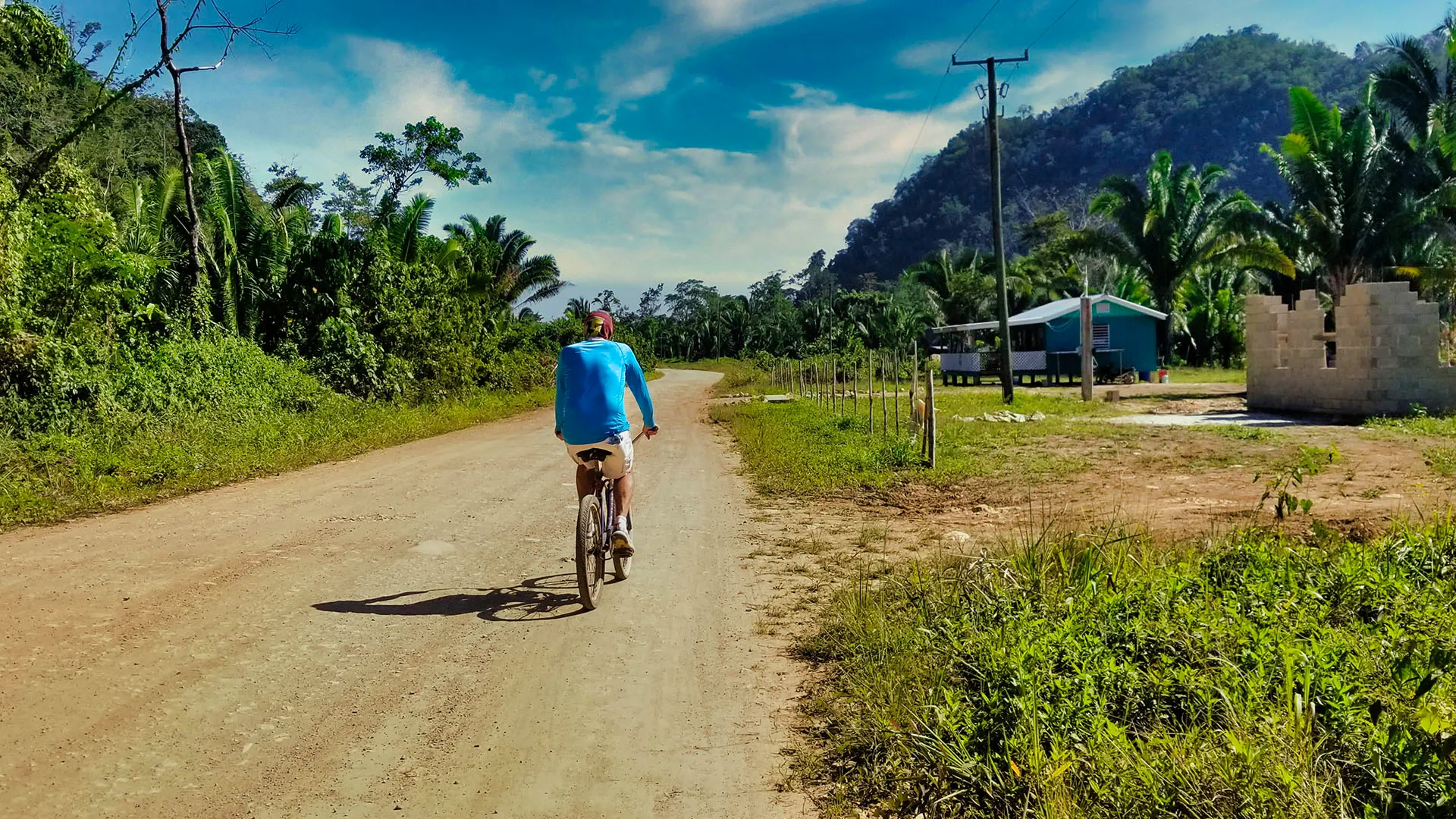
It’s cantaloupe. No wait, lemons, and is that guava? Shazam!
The sting of vinegar tickles the insides of my nose.
I've got my face in an entire Igloo ice chest full of cacao beans and they’re almost vibrating with life. When the beans went in 24 hours ago, they were so fruity and offered up many sweet and magical, tropical aromas. Crack open a ripe Criollo pod, pop one of the beans into your mouth and wow! The sticky pulp around the outside of the bean is sweet and ripe with notes of papaya ... citrus ... lychee ... melon ... and more.
Crunch through to the bean itself and suddenly you’ve got an old wine cork in your mouth, no wait, it’s a Lima bean right out of the garden. It’s purple, and leathery, and bland, and unpleasant.
I know because we grow Lima beans at home. Once you’ve tasted that, the mystery of chocolate only deepens. How on earth do we get chocolate from this purple Lima bean?
In order to bring out the goodness in Lima beans there’s a time-honored process amongst pros like me. Start with young green beans, blanch them (no lid!) in salty, boiling water, quickly chill in ice water, then relieve them of their dowdy clothing. There’s a heavy sleeve that keeps both halves of the bean together. Squeeze the bean, discard that gray, translucent shell coat and set aside. Now we’ll sauté some finely diced onions, garlic, and smoked bacon until the bacon fat has perfumed the immediate area, add the lovely green beans, cover with fine chicken broth, and simmer to your liking, finishing with fresh thyme, salt, and fresh pepper. Serve slightly brothy over rice with smoked chicken. Mystery solved.
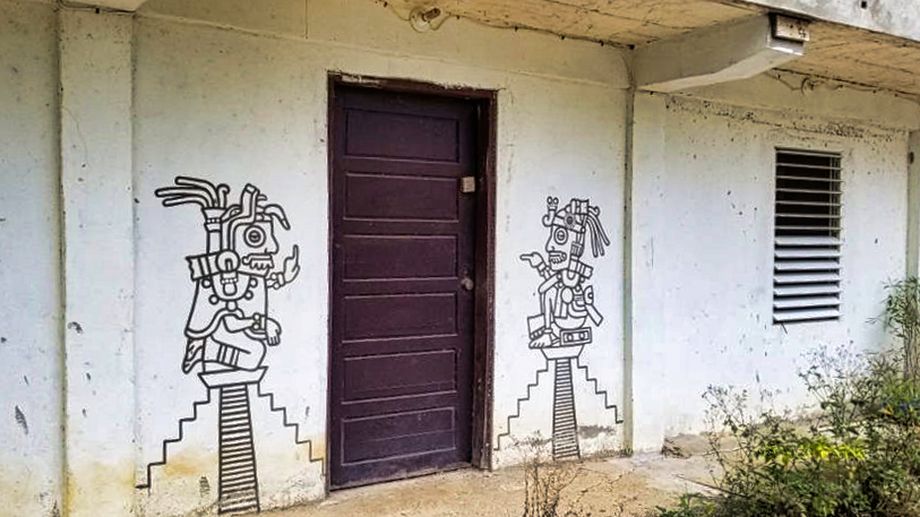
A fresh cacao bean?
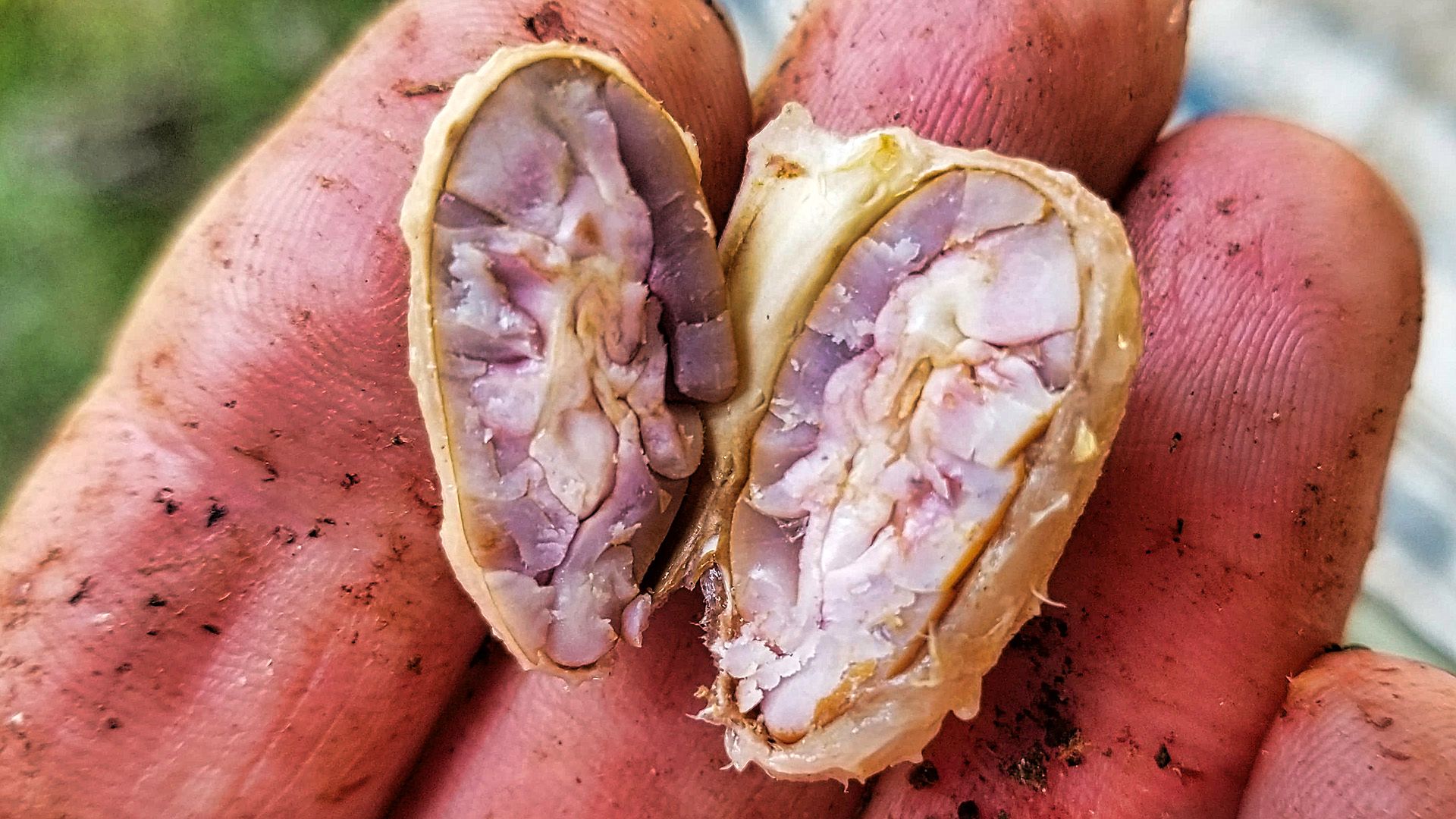
In order to turn this Caribbean sow’s ear into a Valrhona silk purse, it’s going to need a lot of help from yeast, alcohol, and bacteria. At Ixcacao here in the middle of the Belize rainforest, they like to drain off the cacao juice first and that’s why they use an ice chest.
The beans go in, and four hours later open the tap and you’ve a got delicious, slightly viscous juice unlike any other. This past week we had special guests at the farm, and I turned that juice into ice cream with the help of a vanilla bean crème anglaise.
As those sweet beans sit in that warm, Igloo environment, natural fermentation takes place. I’ve been coaching Mrs. Cho, the cacao queen, through her first sourdough starter and when it finally turned the corner and its aromas went from old blue cheese to sweet champagne, she breathed deeply and sighed, “It’s like fresh cacao.”
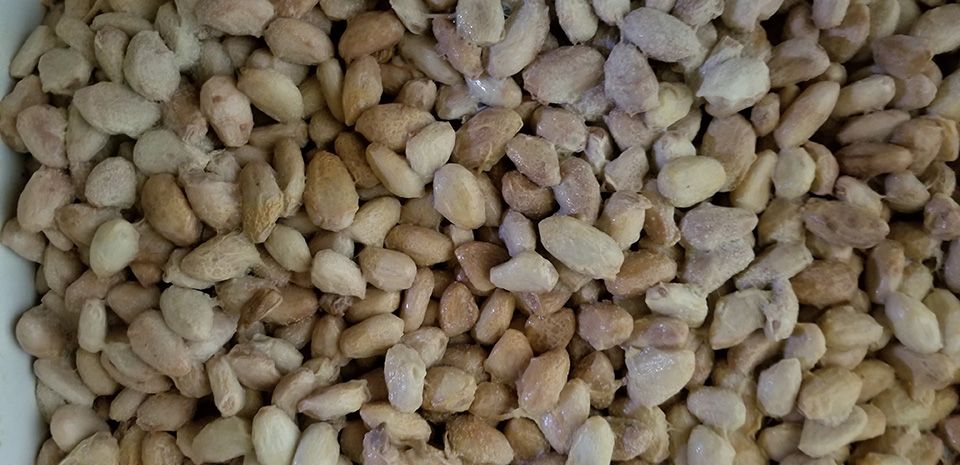
And when I opened that Igloo of fermenting beans, I remembered Mrs. Cho’s words from a week prior. And was she ever correct.
Juan refers to this step as pre-fermentation but it’s all part of the process. The beans have changed shape, too. When they’re fresh and dangling from the pod’s inner placenta, they have an almost mind-controlling seed from outer space look that would’ve given Ed Wood nightmares. After 24 hours in the Igloo, they’re now sticky, fat, and grey peanuts. And the fermentation process in this warm environment is on steroids, the beans practically quiver like a fresh container of fishing worms from the country store.
I help Juan heave the beans into his truck for the short drive from his chocolate shop to the Cohune farm and the fermentation boxes. Under a part tin, part thatch, roof that also covers a beehive and a few power tools, we first have to scoop out the fully fermented beans. The two boxes are the size of an extra-large pizza box, if that box were three feet deep. The beans are covered with plenty of coconut palm leaves, now brown and stiff. The beans have been in this box for at least 72 hours and when we remove the brown palms, Wow! A heavy, earthy aroma greets us. Juan is pleased. He leans in and inhales deeply.
“Oh John, these are perfect.”
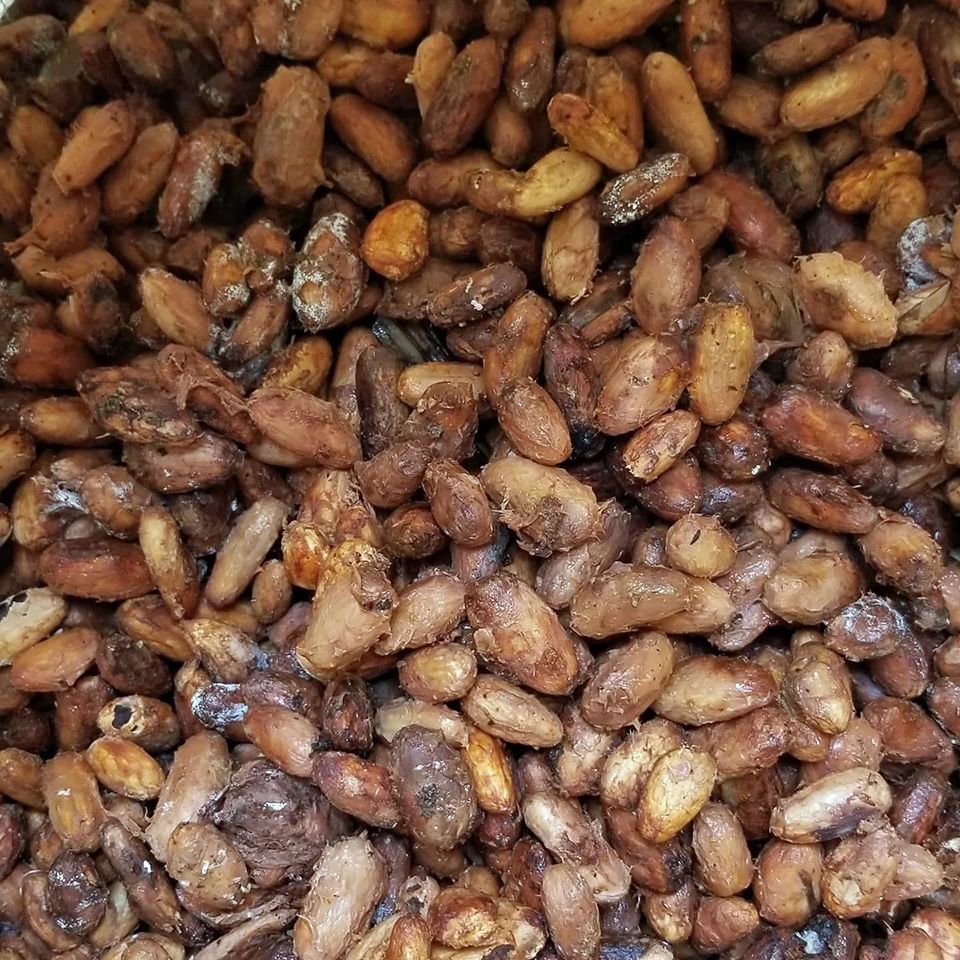
Then he slowly exhales. The beans are now an earthy orange, more brown than orange. It is not a pretty color. Their previously grey exteriors are teeming with bacteria and their insides, the tightly wrapped leaves of a young cacao tree, have been transformed courtesy yeast, then bacteria and now heat. The box is warm, beyond warm. This mass of fermenting beans must be at least 110 Fahrenheit, maybe a bit warmer.
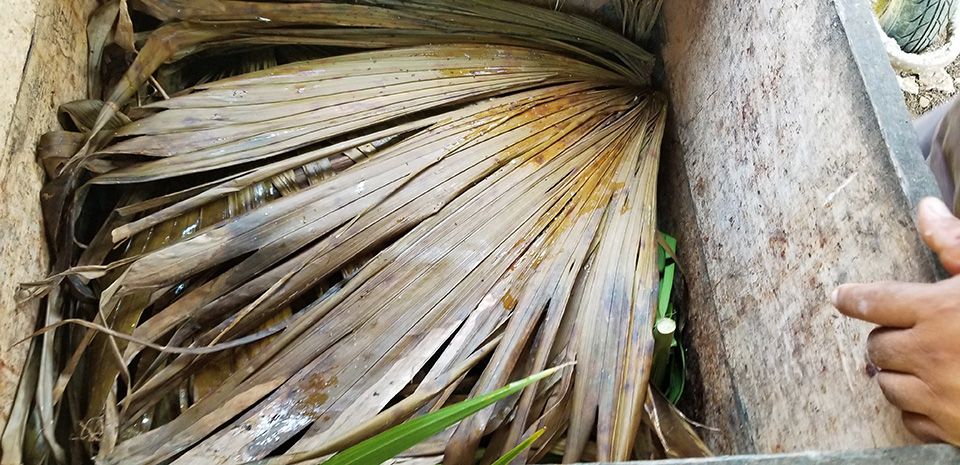
“Good thing they’re not flying.” I quip.
Juan looks at me and smiles.
“Dig in, chef.”
He grabs a small pot and starts scooping this sticky mass into a large potato sack.
“Phew…”
“Fermentation stops the germination of the bean, then breaks down the cell walls of the bean, alcohol and bacteria do their part and that starts the process of this bean becoming real chocolate. The palms will help form acetic acid bacteria and that’s what we need for proper fermentation.”
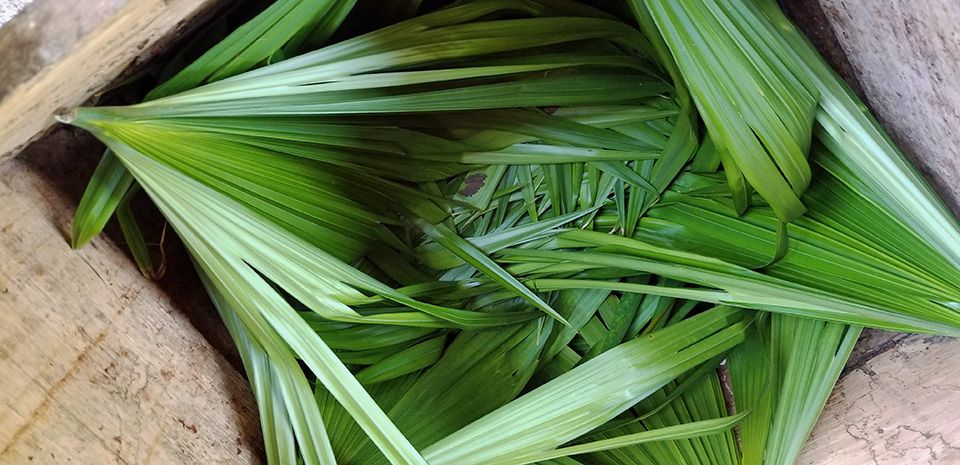
It’s pushing 90 F in the shade and standing over this hot box of beans is hard work.
Juan’s got a solid fifty pounds of fermented beans we need to scoop into the potato sack. My longer arms get to retrieve the final couple of inches at the bottom and I earn a few ant bites in the process. Of course, there’s ants, the damn things are everywhere in the rainforest.
The box is empty and now must be lined with fresh palm leaves several layers thick. After that we add the new beans, the grey, pre-fermented ones and drop all fifty pounds into the middle of the palms, then cover them with more fresh palm. In two days, Juan will come and take a look and have a sniff and see if they’re ready.
Weather plays a big role in this process and although this is the dry season, we’re still in a rainforest. We toss the sack of gooey, fully fermented, beans into the back of the truck and take a short drive to the farmhouse. Juan lays a sheet of heavy fabric on the ground and the beans are dumped unceremoniously in the sun. Juan picks up a rake and starts spreading them around and keeps spreading after he’s achieved a single layer. He takes off his hat and wipes the sweat off his brow.
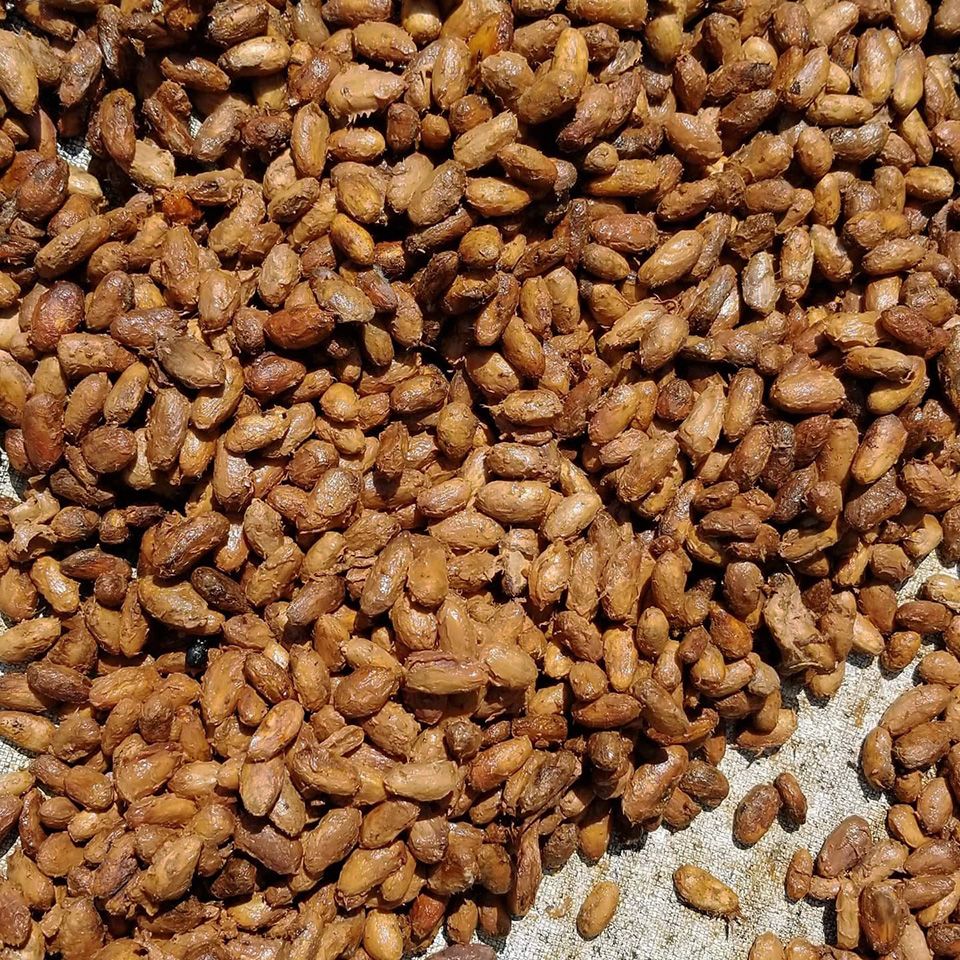
“Chef your day is done, I’ll be here for another couple of hours.”
“What? Why?”
“It’s critical to dry the beans as quickly as possible and they have to dry as singles, they can’t stick together. So, I’ll stick around and stir these guys until they’re dry.”
My five hours are indeed done, and Mrs. Cho’s incredible lunch of braised chicken, chicken tamales, roasted vegetables from her garden, rice, and a habanero vinegar are working against me. I still have a two-mile bike ride over the roughest road in Belize before I can cool off in the Moho River. I bid Juan a good day and see myself out.
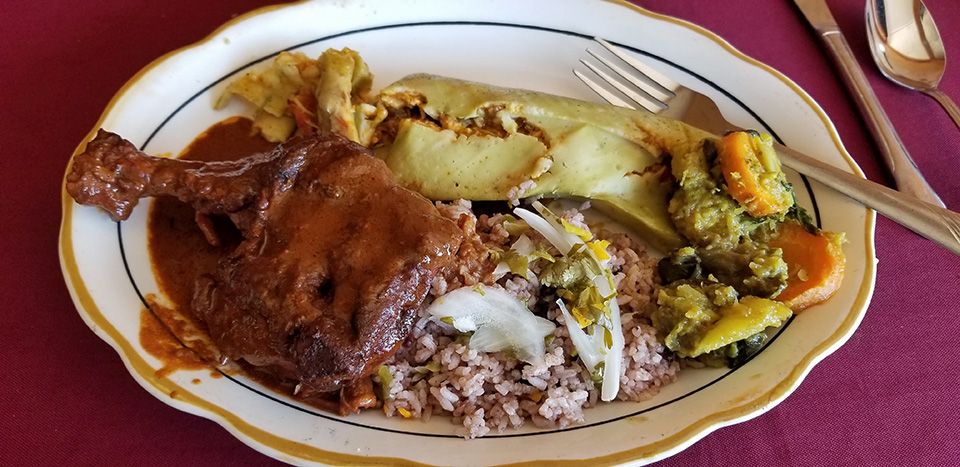
About John Malik
I’m in my fourth week of studying the methods of cacao and chocolate, what I’ve been calling Escuela de Chocolat, with Juan Cho of Ixcacao Chocolate, in the Toledo District of Belize. Over the course of my culinary career, I never would've referred to myself as a Chocolatier. However, I believe chocolate is the most mysterious food we humans eat, and by a long shot. And when I was offered the possibility of studying with Juan Cho, I jumped on it.
Image credits: All images ©2021 John Malik.